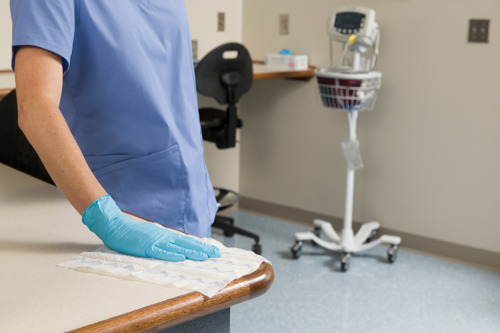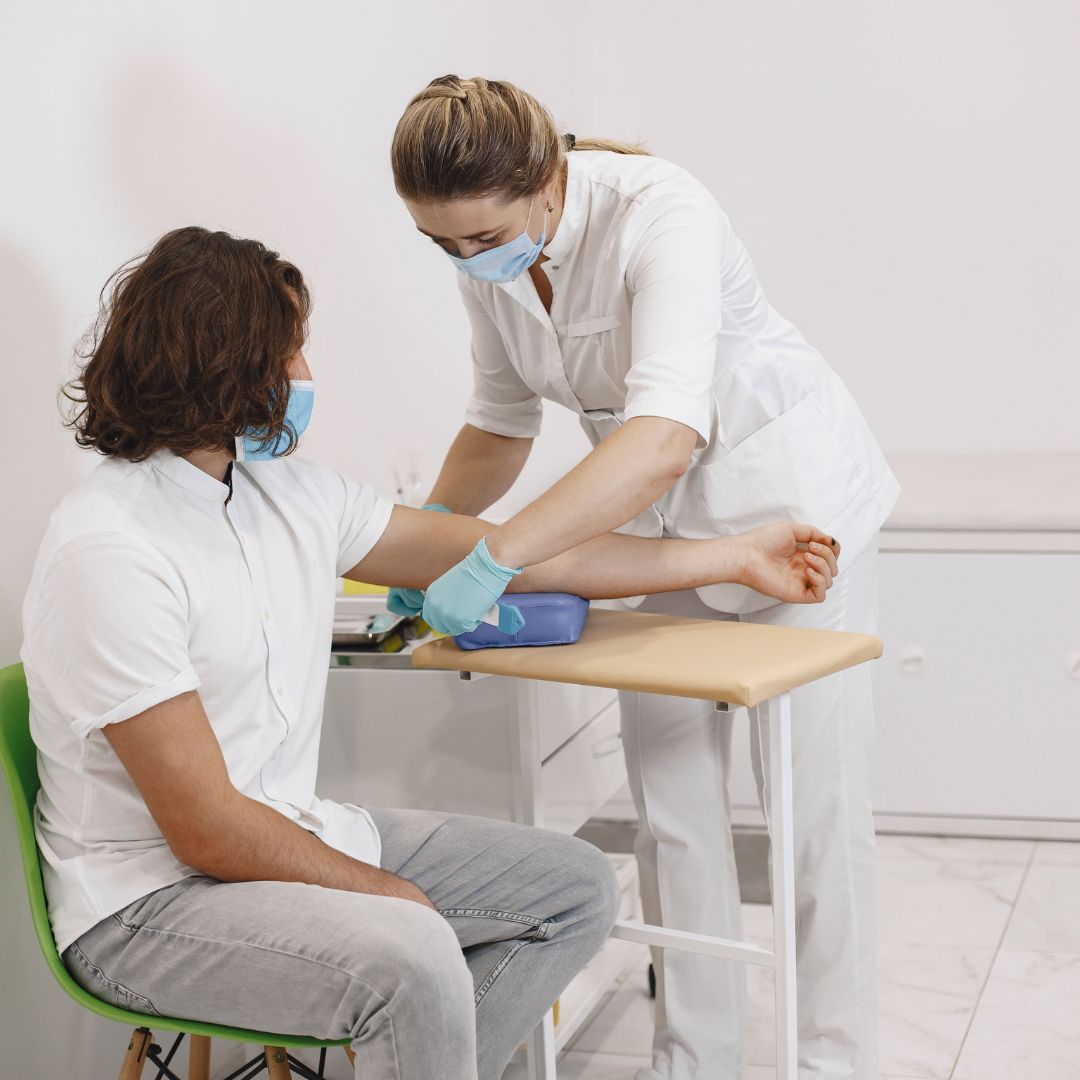
In healthcare facilities, the risk of hospital-acquired infections (HAIs) — or healthcare-associated infections — looms, affecting patient recovery and healthcare worker safety. These infections aren't present upon a patient's admission but develop during their stay in hospitals or clinics. The quest for effective infection prevention strategies brings microfibre technology into the spotlight. This innovative approach holds promise in reducing HAIs, enhancing patient safety, and supporting the health and well-being of all in healthcare settings.
Rubbermaid Commercial Products (RCP) microfibre technology, with its proven efficacy in infection control, emerges as a key player in the fight against the spread of infectious diseases within hospitals, promoting better public health outcomes. Let’s take a look at the current state of HAIs in healthcare facilities and explore what RCP can do to combat them.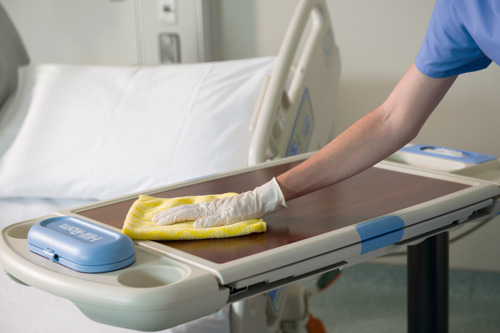
What Are HAIs?
HAIs represent a grave concern within healthcare settings. Patients may encounter these infections not upon entry but during their stay in facilities like hospitals, clinics, or any acute care hospital or intensive care unit. These HAIs are diverse, impacting various body parts and originating from multiple sources, including bacteria such as Clostridium difficile, viruses, fungi, and parasites. Common types include urinary tract infections, surgical site infections, bloodstream infections, and pneumonia, which significantly compromise patient safety.
HAIs extend hospital stays, inflate healthcare expenses, and, in severe instances, can result in patient mortality. Combating these infections is essential for advancing healthcare quality and safeguarding patient outcomes. The relentless pursuit of effective disease prevention and infection control measures is critical.
According to healthcare research, the global incidence of HAIs affects about 0.14% of hospital patients, underscoring the urgency for enhanced infection prevention strategies. With a noted prevalence rate of nearly 2.9% in healthcare facilities, the data highlights the pressing need for comprehensive infection control protocols, and the importance of antimicrobial stewardship, hand hygiene, and adherence to guidelines in healthcare settings to reduce the incidence of HAIs and improve public health outcomes.
The Importance of Addressing HAIs
Addressing HAIs is essential for safeguarding patient health, ensuring healthcare professionals' well-being, and maintaining healthcare facilities' operational efficiency. The ramifications of HAIs extend well beyond the individual patient, impacting the entire healthcare system. Here are some compelling reasons — underscored by relevant statistics — that highlight the critical importance of addressing HAIs:
Health implications for patients: HAIs significantly increase patient morbidity and mortality. For instance, it is estimated that HAIs contribute to an additional 7583 deaths each year in Australia alone.
Financial burden on healthcare systems: The economic impact of HAIs on healthcare systems is staggering. The annual cost to treat HAIs in Australia alone reaches a staggering $686 million per year.
Increased healthcare utilisation: Prolonged hospital stays, often extending by an average of 17 days for patients with HAIs, exacerbate healthcare resource utilisation and reduce hospital capacity. The need for additional treatments and interventions, including surgeries and medications, further amplifies the burden on healthcare systems.
Impact on healthcare professionals: Increased workload and stress, as healthcare professionals must implement stringent infection control measures while providing care to a higher number of patients with complex health needs. Also increases exposure risk to infectious agents, highlighting the need for effective protective measures to safeguard healthcare workers.
Operational and reputational consequences for healthcare facilities: Facilities with high HAI rates may face financial penalties, reduced funding, and lower patient intake due to perceived safety concerns. Moreover, negative publicity and patient dissatisfaction can lead to a decline in the institution's reputation, impacting its ability to attract and retain patients and healthcare professionals.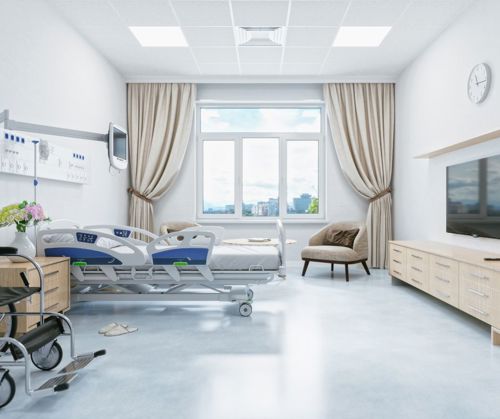
Financial cost of HAIs
HAIs — or nosocomial infections — significantly strain healthcare systems and the economy worldwide and in Australia. These costs are due to:
Patients with HAIs face higher medical expenses, affecting:
The broader economic impact of HAIs extends to various sectors, affecting more than just the healthcare system. Increased insurance premiums reflect the heightened expenses associated with managing HAIs. Productivity across the workforce suffers due to the reduced efficiency of those affected by these infections. Additionally, families providing care to infected patients face significant financial strain due to indirect care costs.
In light of these extensive financial implications, investing in prevention and control measures — such as implementing microfibre cleaning solutions — emerges as a vital strategy for improving patient safety and minimising treatment expenses. Effective strategies for HAI prevention, including hand hygiene and disease control protocols, can significantly reduce healthcare costs and enhance the quality of patient care within healthcare facilities.
Understanding Microfibre Solutions
Microfibre technology is leading the way in cleaning innovations, especially in healthcare settings where infection prevention is crucial. So, what's microfibre technology, and why is it so effective against HAIs? Microfibre uses extremely thin fibers, finer than a silk strand, that pick up tiny dirt particles, bacteria, and viruses. This makes microfibre superb for cleaning at a microscopic level.
Microfibre's real strength in fighting infection lies in its ability to thoroughly remove pathogens. Rubbermaid's microfibre products, for example, have been shown to remove 99.99% of all common tested viruses with water alone. This effectiveness comes from the microfibres' density and shape, which, used with the right cleaning solution, trap and remove microbes, stopping them from spreading.
Rubbermaid has designed its microfibre items to not just clean but also disinfect surfaces, playing a key role in preventing the spread of HAIs in healthcare facilities.
RCP's Commitment to HAI Prevention
RCP is a leader in fighting healthcare-associated infections with a focus on advancing infection prevention and healthcare facility safety. Through innovation, RCP develops microfibre cleaning solutions tailored for the healthcare sector, emphasising efficacy and patient safety.
Our products — designed for infection control — are effective in removing up to 99.99% of pathogens, showcasing RCP's commitment to healthcare-associated infection prevention. This approach highlights our dedication to improving health outcomes and maintaining cleanliness in healthcare settings, positioning us as a vital contributor to public health efforts against HAIs.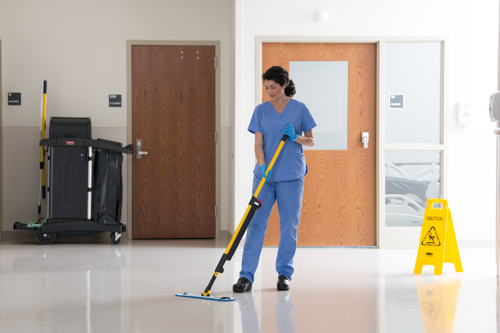
RCP's Microfibre Solutions for HAI Prevention
We have developed a comprehensive range of microfibre cleaning products specifically designed to combat HAIs in healthcare settings. Offering both launderable and disposable options, these microfibre solutions are tailored to meet the diverse needs of healthcare environments, ensuring high hygiene standards and flexibility in use.
The HYGEN™ Launderable Microfibre products are engineered for durability, capable of withstanding numerous wash cycles, making them an eco-friendly and cost-effective choice for routine cleaning tasks. On the other hand, HYGEN™ Disposable Microfibre items provide a practical solution for preventing cross-contamination in high-risk or isolation areas, where laundering isn't practical.
Central to Rubbermaid's microfibre range is the ability to remove 99.99% of pathogens, significantly lowering the risk of HAIs. This efficiency is backed by rigorous testing, ensuring healthcare facilities can rely on these products for superior cleaning performance.
For further details on our microfibre solutions and their application in healthcare settings, explore:
Effectiveness of RCP's Microfibre Solutions
Rubbermaid's microfibre solutions have proven highly effective in preventing HAIs, as evidenced by their application in Australian healthcare facilities like Fiona Stanley Hospital (FSH) and The Royal Melbourne Hospital (RMH).
Fiona Stanley Hospital
At FSH, the adoption of Rubbermaid's HYGEN Microfibre system marked a significant upgrade in infection control efforts. This choice led to improved cleaning efficiency, with the system's durability and the reusability of microfibre cloths providing a sustainable, cost-saving option. The positive impact was especially noticeable in the oncology unit's pristine floors, highlighting the system’s efficiency over traditional cleaning methods.
Read the full case study here.
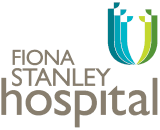
RMH focused on reducing the physical strain on its cleaning staff by switching to Rubbermaid's HYGEN Microfibre system. The move resulted in safer, more effective cleaning practices, with a ViSafe assessment showing a 20% lower risk of movement-related injuries compared to conventional mopping. The system not only reduced the risk of slips with quicker drying times but also minimised chemical exposure, enhancing both patient and staff safety. This shift underscored microfibre technology's role in boosting hospital hygiene and safety.
Read the full case study here.
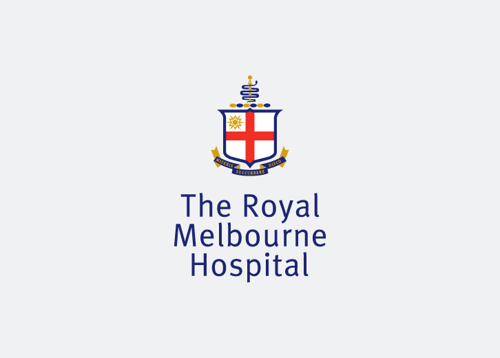
In the battle against HAIs, the right tools make all the difference. Rubbermaid HYGEN Microfibre Solutions offers a proven, powerful way to enhance infection control protocols in healthcare settings.
We invite you to explore how these advanced cleaning solutions can significantly reduce the risk of HAIs, ensuring a safer environment for both patients and healthcare professionals.
Learn more about how RCP's microfibre technology can be seamlessly integrated into your infection control strategy — contributing to better health outcomes and heightened safety in healthcare facilities.
Discover the benefits of Rubbermaid HYGEN Microfibre Solutions for preventing HAIs.